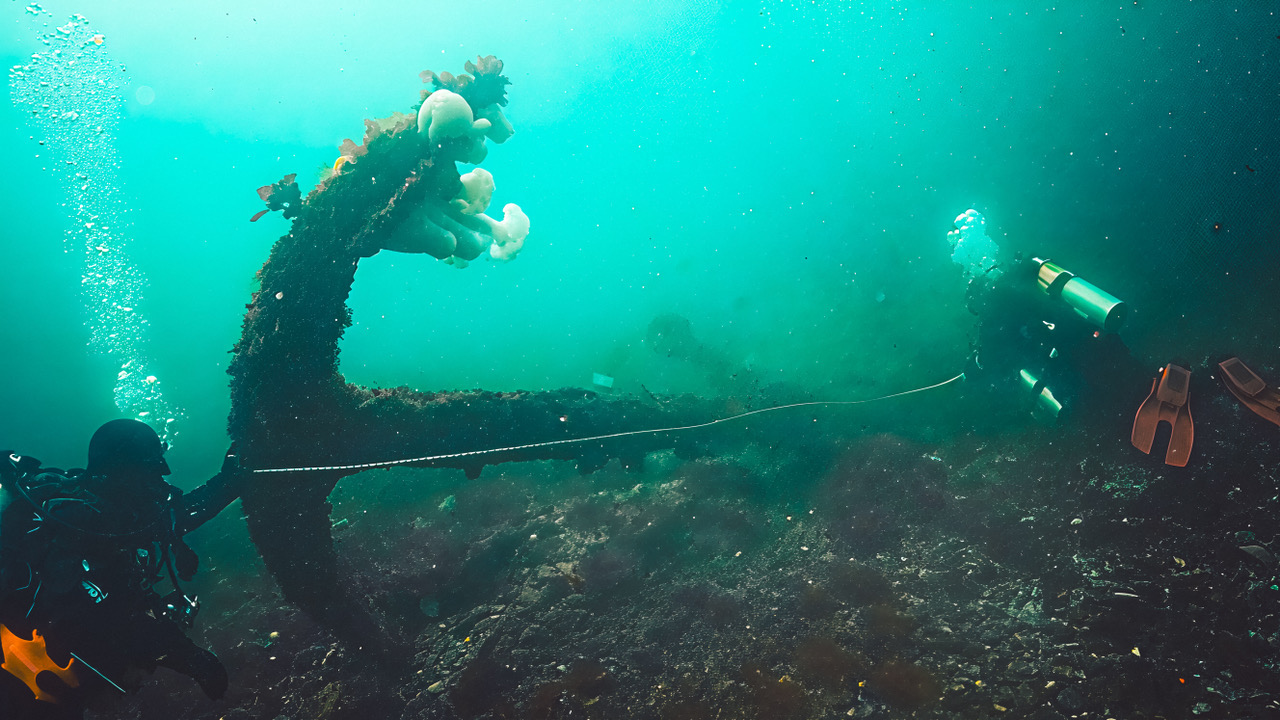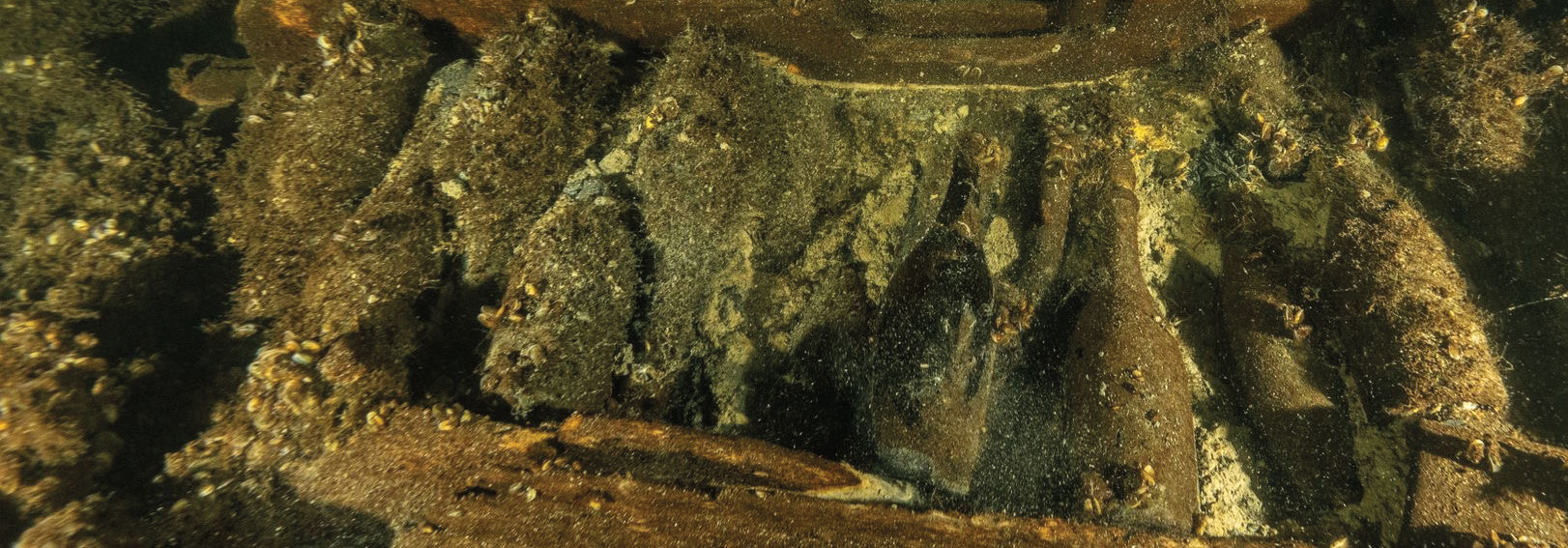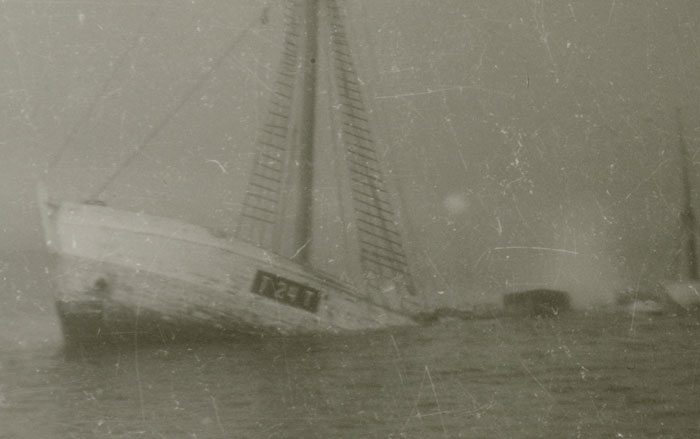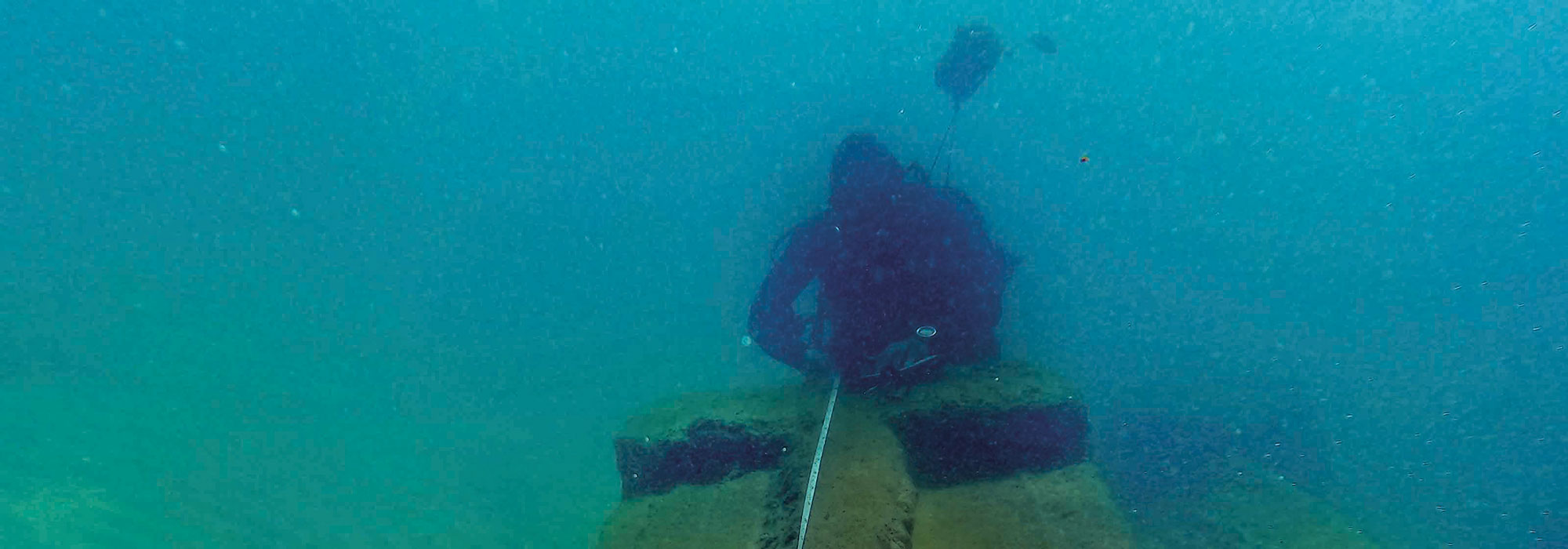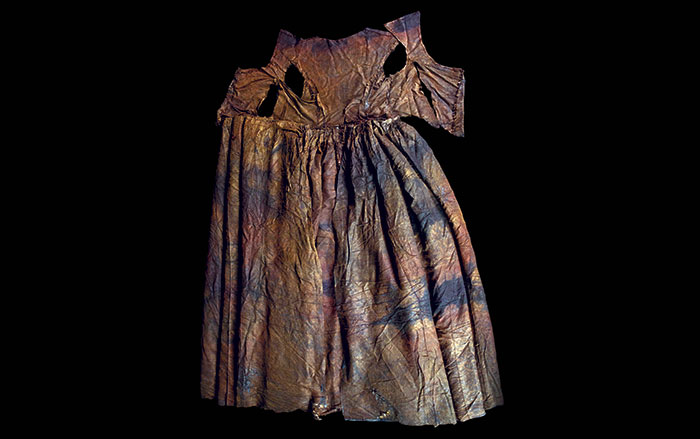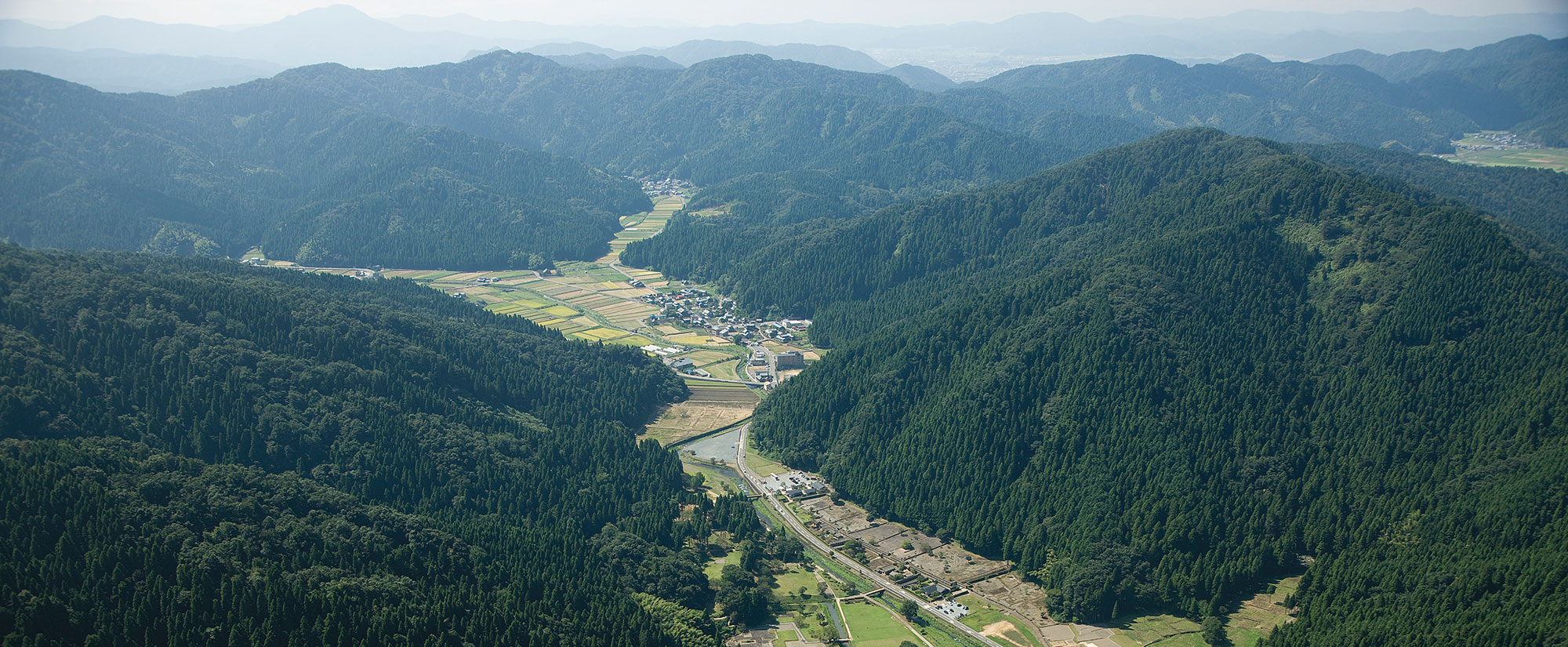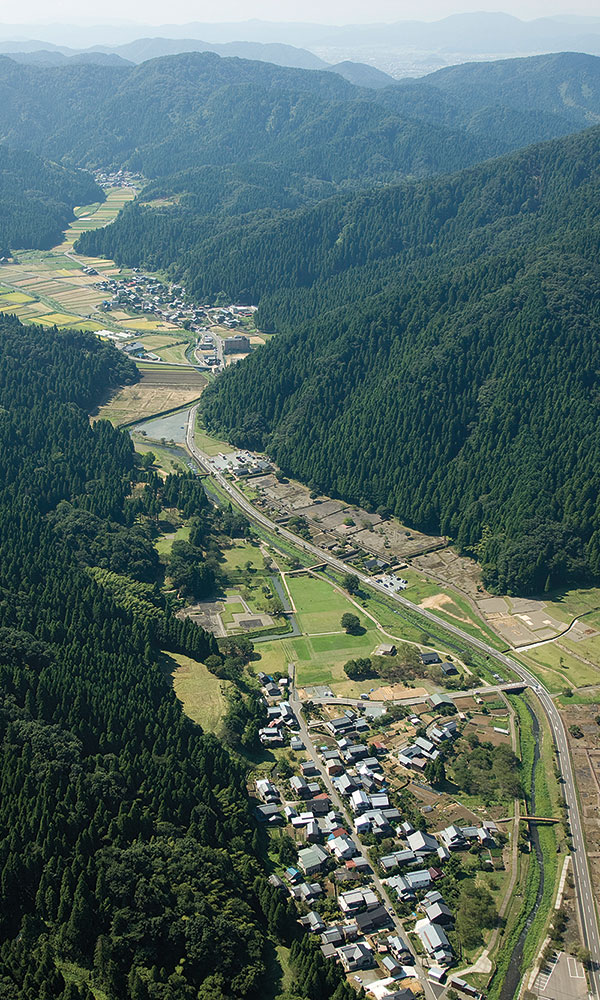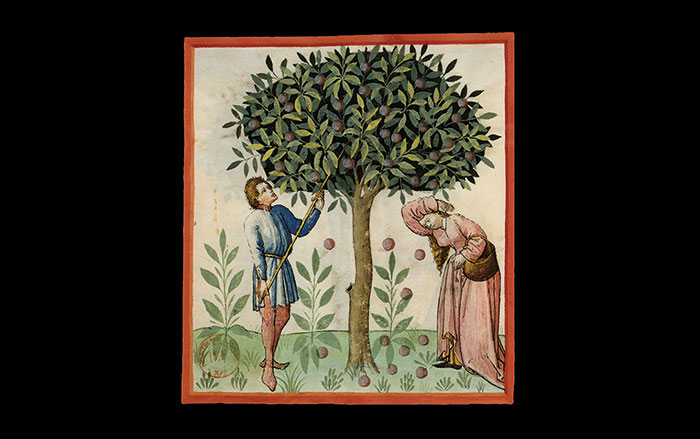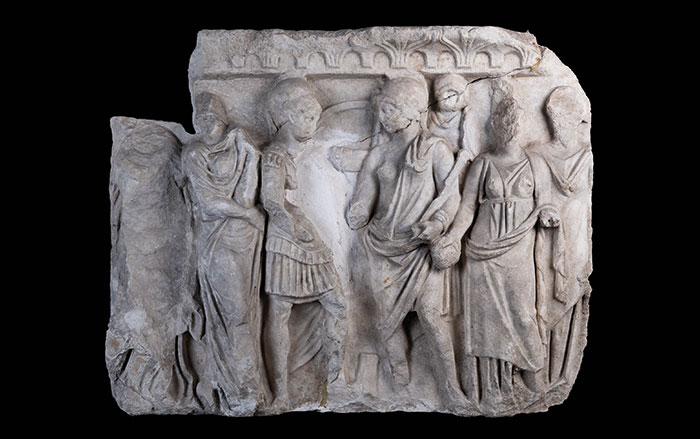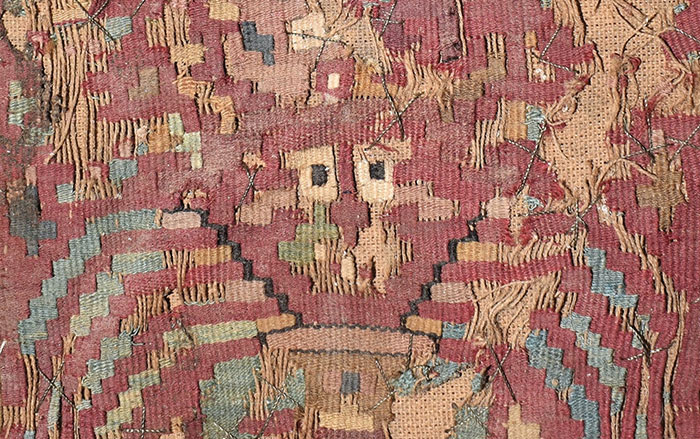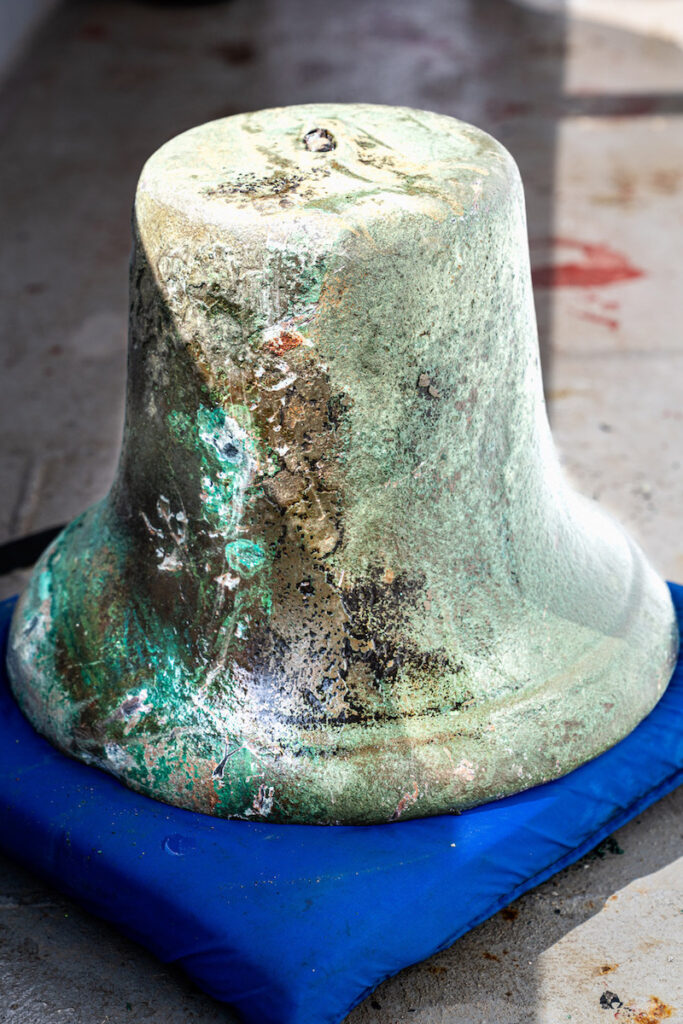
WRANGELL, ALASKA—Anchorage Daily News reports that an underwater archaeological team identified and mapped a shipwreck involved in one of Alaska’s most tragic maritime disasters. The Star of Bengal was traveling from Wrangell to San Francisco when it went down on September 20, 1908, near Coronation Island in southeastern Alaska’s Alexander Archipelago. The 264-foot ship, which was built in the same shipyard as the Titanic, was carrying around 140 people when it sank. Of the 110 souls that perished, the vast majority were seasonal Asian workers hired to work in local Alaskan canneries. The wreck was found to be scattered across nearly 12 acres of the seafloor, but divers were able to retrieve the ship’s bell. “It’s one of those sites which kept people’s imagination for a long time, but was not really studied or mapped and has not received archaeological attention, which it deserves,” said archaeologist Evguenia “Jenya” Anichtchenko. The only other maritime event in Alaskan history that was more deadly was the sinking of the Princess Sophia in 1918, which killed 343 people. To read about efforts to document an undisturbed World War II battlefield in the Aleutian Islands, go to "Letter from Alaska: The Cold Winds of War."


